Your cart is currently empty!
Stay in Touch!
Get updates about new artwork and upcoming events.
Get updates about new artwork and upcoming events.
—
by
Origami and mixed media sculpture may seem like separate disciplines at first glance, yet they share profound similarities and areas of overlap that have increasingly brought these art forms into dialogue. Both practices transform ordinary materials into extraordinary creations, challenging traditional boundaries and offering fresh perspectives on three-dimensional design. For art collectors and interior designers, understanding how these forms intersect opens doors to appreciating innovative artistry that marries tradition with experimentation.
Origami, derived from the Japanese words ori (folding) and kami (paper), has its roots in ancient Japanese and Chinese traditions. Originally used in ceremonial and religious contexts, origami evolved into a sophisticated art form celebrated for its ability to transform a single sheet of paper into intricate forms without cutting or gluing.
Over time, origami expanded beyond its cultural origins, inspiring mathematical exploration, engineering innovations, and artistic expressions worldwide.
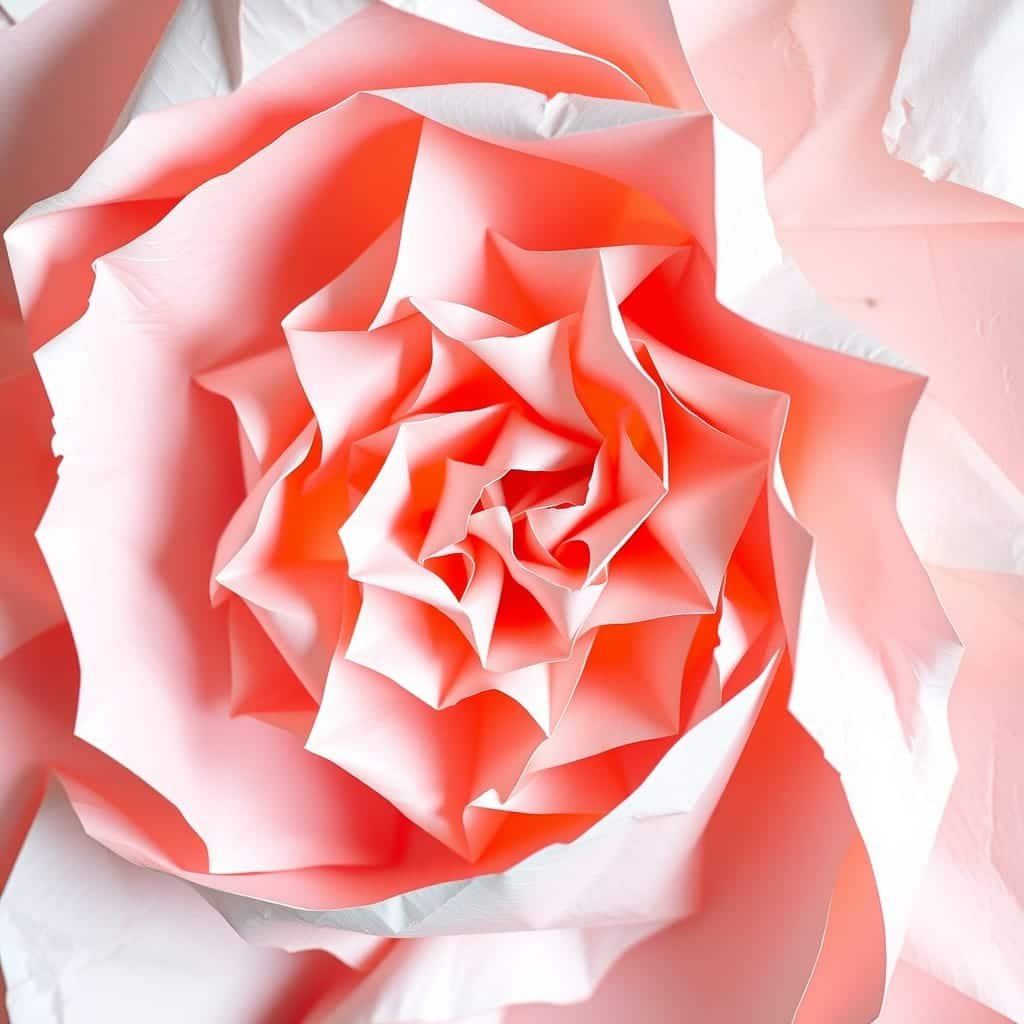
Mixed media sculpture, by contrast, emerged as a response to the rigid conventions of traditional art forms. In the 20th century, movements such as Cubism, Dada, and Surrealism paved the way for artists to combine disparate materials into cohesive works. Artists like Pablo Picasso and Marcel Duchamp incorporated everyday objects, breaking boundaries and redefining sculpture as a medium.
Today, mixed media sculpture thrives as an experimental field, where artists use materials ranging from textiles to recycled objects to create layered, multidimensional works.
Despite their distinct histories, origami and mixed media sculpture share foundational principles that connect them in surprising ways.
Origami traditionally relies on a single material—paper—and a single technique: folding. Yet contemporary origami artists often experiment with non-traditional materials, such as metal, fabric, or even plastic, to push the boundaries of the medium.
Mixed media sculpture, on the other hand, thrives on material diversity. Artists combine elements like wood, clay, paper, and found objects, employing techniques such as cutting, assembling, layering, and painting. While mixed media is inherently eclectic, its ability to incorporate origami-inspired forms demonstrates a shared emphasis on material manipulation.
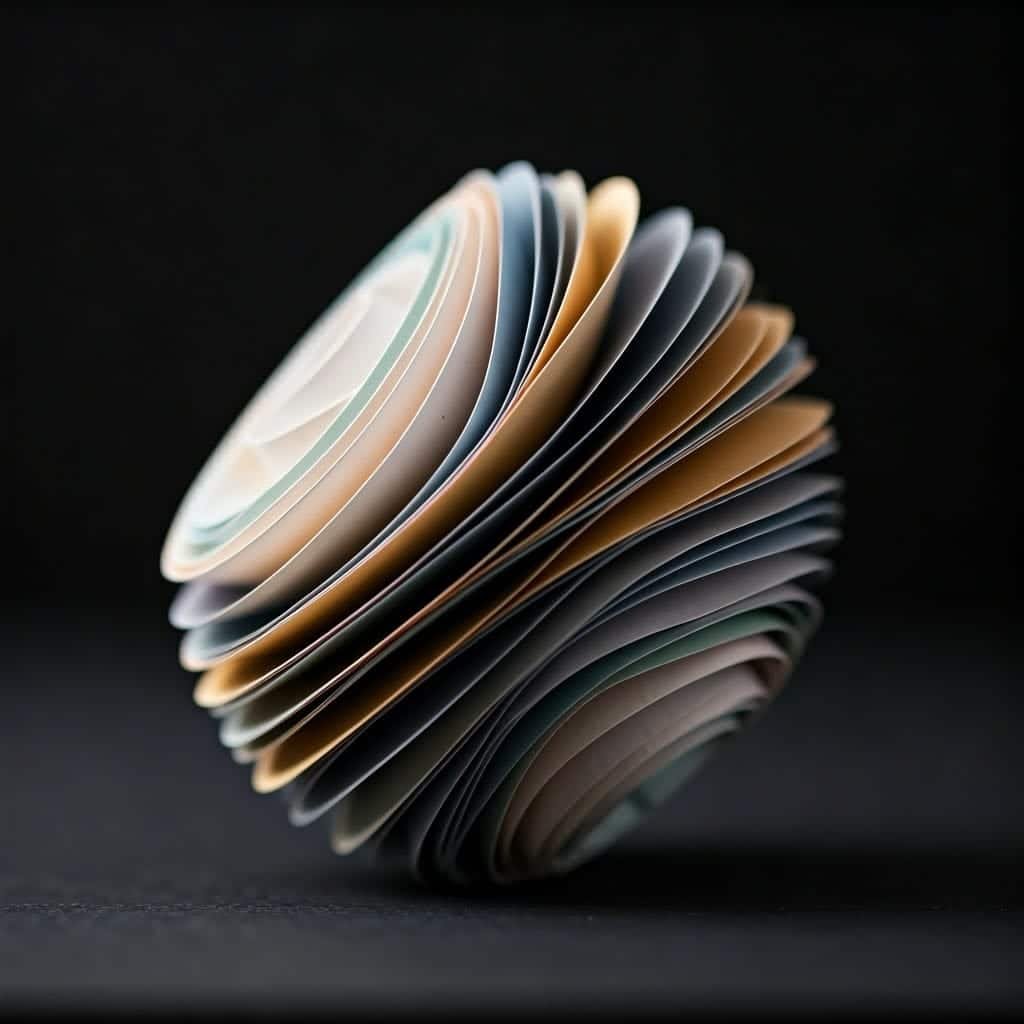
Transformation lies at the heart of both art forms. Origami turns flat sheets of paper into complex three-dimensional structures through precise folds. Similarly, mixed media sculpture transforms its components, merging textures, materials, and forms to create entirely new compositions.
This shared focus on transformation emphasizes the ingenuity of both practices, elevating everyday materials into works of art.
Origami is deeply rooted in geometry, with folds and creases governed by mathematical principles. Techniques such as tessellation and modular folding showcase the art form’s reliance on symmetry and proportion. These principles have applications in fields as diverse as architecture, robotics, and space exploration.
Mixed media sculpture also draws on geometric concepts, particularly when artists incorporate patterns, tessellations, or symmetrical designs. For instance, geometric abstraction in sculpture often explores balance, proportion, and spatial relationships, echoing the precision of origami.
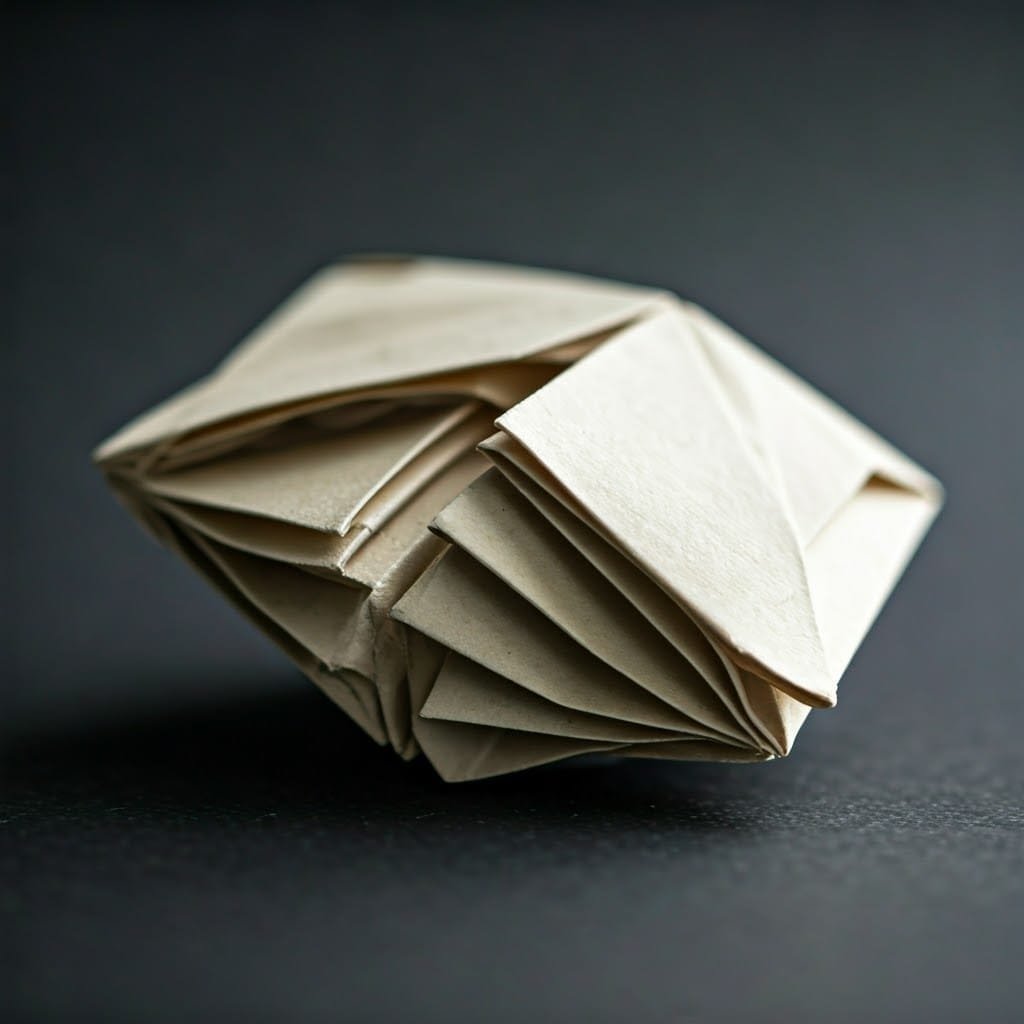
Both origami and mixed media sculpture explore the interplay between two-dimensional and three-dimensional spaces:
This shared exploration makes both art forms uniquely suited for creating visually compelling works that draw the eye and stimulate the imagination.
In the modern art world, the intersection of origami and mixed media sculpture has led to groundbreaking innovations.
Some contemporary origami artists are redefining the medium by incorporating mixed media elements:
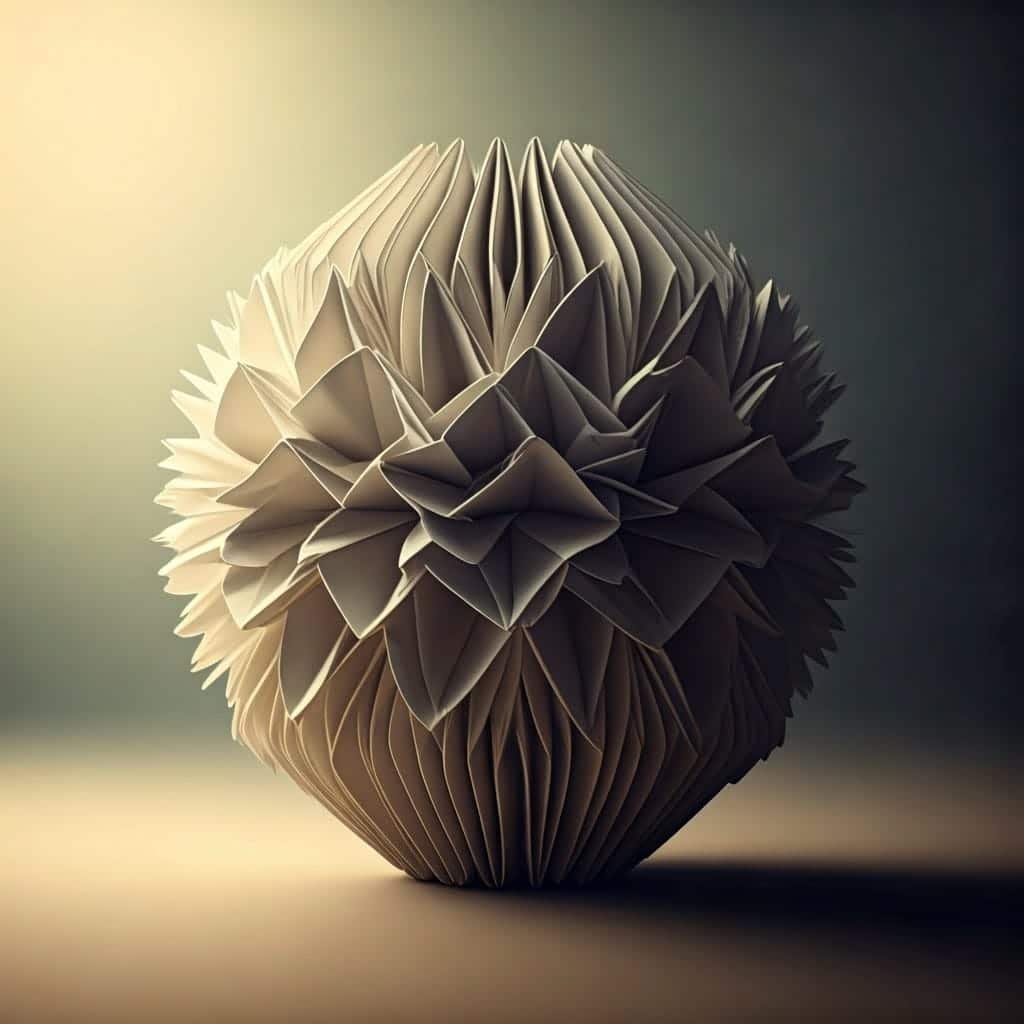
Paper is no longer confined to origami but plays a central role in mixed media sculpture as well. Artists often incorporate folded, layered, or textured paper into their works, using it as both a structural element and a decorative feature.
For example:
For interior designers and art collectors, the convergence of origami and mixed media sculpture offers exciting possibilities for curating unique spaces.
Owning pieces that merge these traditions allows collectors to embrace innovation while celebrating the craftsmanship and creativity inherent in both disciplines. Such works often serve as conversation starters, inviting viewers to explore the interplay of materials, form, and meaning.
Mixed media sculptures with origami-inspired elements can serve as striking focal points in contemporary interiors. Their multidimensional nature adds depth and intrigue, complementing minimalist or eclectic design schemes alike.
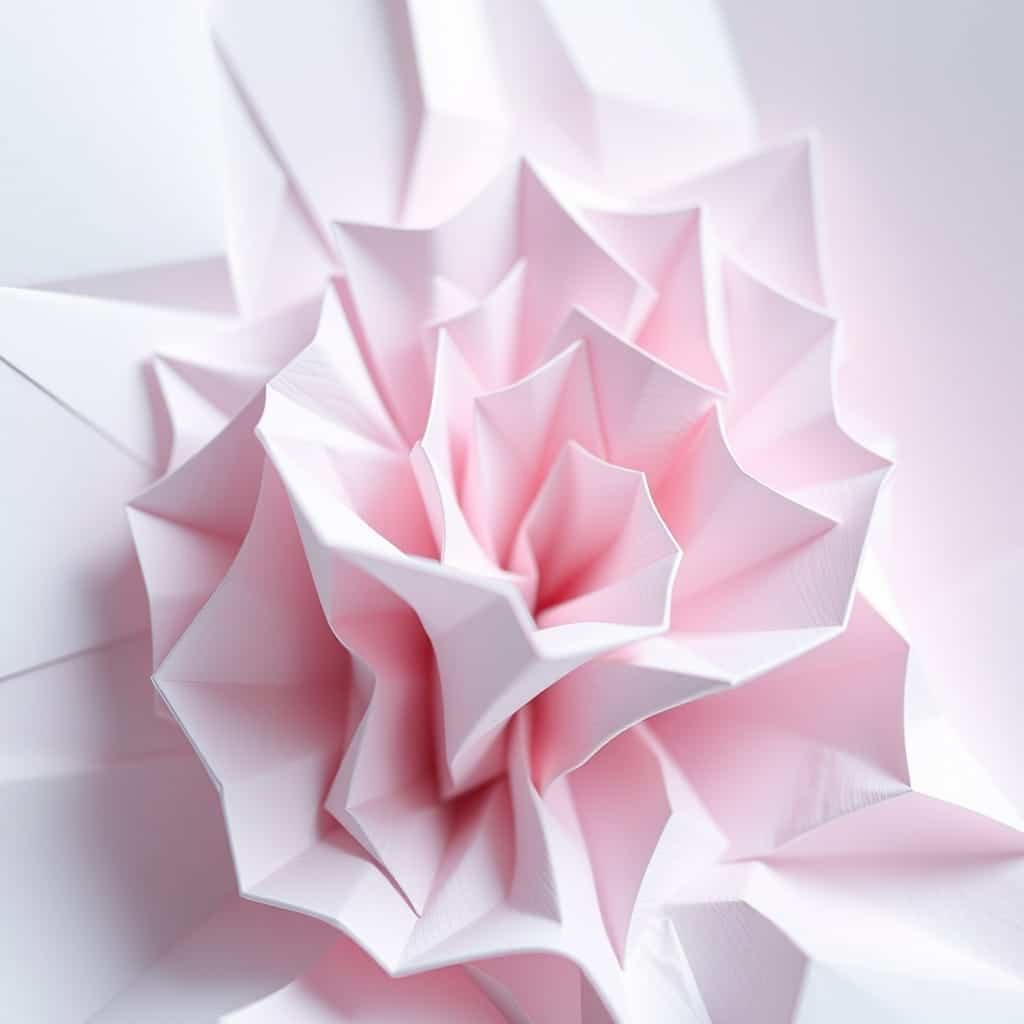
As artists continue to push boundaries, the intersection of origami and mixed media sculpture will likely lead to even more innovative practices. This convergence reflects broader trends in contemporary art, where traditional techniques are reimagined and merged to create something entirely new.
For collectors and designers, this evolution offers an opportunity to engage with works that challenge conventions, inspire creativity, and bridge the gap between tradition and modernity.